 If there’s one mantra that has anchored the environmental movement since its inception, it’s that trees are good. Good for the environment. Good for biodiversity. And definitely good for the climate. Despite decades of high-tech effort, trees remain one of the most reliable ways to remove carbon dioxide from the atmosphere. So what’s with this paper just published in Nature by environmental non-profit World Resources Institute (WRI), stating that wood consumption accounts for about 10% of the world’s annual greenhouse gas emissions? Could this shake our faith in wood’s role as a climate hero? As ever, the devil is in the details.
If there’s one mantra that has anchored the environmental movement since its inception, it’s that trees are good. Good for the environment. Good for biodiversity. And definitely good for the climate. Despite decades of high-tech effort, trees remain one of the most reliable ways to remove carbon dioxide from the atmosphere. So what’s with this paper just published in Nature by environmental non-profit World Resources Institute (WRI), stating that wood consumption accounts for about 10% of the world’s annual greenhouse gas emissions? Could this shake our faith in wood’s role as a climate hero? As ever, the devil is in the details.
- Bad Wood 1. No accounting for waste.2. …A surprisingly large carbon footprint. 3. …A mass of timber issues.
- Good Wood 1. Branching opinions. …2. Measure twice, cut once. 3. Pulp, read, repeat.
- What To Keep An Eye On 1. Lab-grown wood. …2. Rules about whether wood is really renewable. …3. Wood alternatives.
 With this year’s record-breaking wildfire season, politicians and the public can no longer ignore the truth – that forests are Canada’s single largest climate change issue. One would have thought the 2016 Fort McMurray fire would have led to major changes. But what we have heard from Ottawa in the years since is protection, protection, protection, and planting two billion trees. …Canada’s national parks, the epitome of protection, have become carbon sources instead of sinks. Clearly, our approach is not working. …Research on the world’s boreal forests shows two diametrically opposed approaches and outcomes. On one side is Canada, Alaska, and Russia, which see massive carbon losses from wildfires. On the other are the Nordic countries of Sweden and Finland. …Climate smart, active forest management generates a large volume of low quality, low value wood – biomass.
With this year’s record-breaking wildfire season, politicians and the public can no longer ignore the truth – that forests are Canada’s single largest climate change issue. One would have thought the 2016 Fort McMurray fire would have led to major changes. But what we have heard from Ottawa in the years since is protection, protection, protection, and planting two billion trees. …Canada’s national parks, the epitome of protection, have become carbon sources instead of sinks. Clearly, our approach is not working. …Research on the world’s boreal forests shows two diametrically opposed approaches and outcomes. On one side is Canada, Alaska, and Russia, which see massive carbon losses from wildfires. On the other are the Nordic countries of Sweden and Finland. …Climate smart, active forest management generates a large volume of low quality, low value wood – biomass.




 The Province has appointed three new members to British Columbia’s independent Climate Solutions Council. The Climate Solutions Council provides advice to government on actions and policies contributing to emission reductions and sustainable economic development. The council includes members from First Nations, environmental organizations, industry, academia, labour, local government and youth representatives. “The Climate Solutions Council continues to significantly contribute to the implementation of the CleanBC plan,” said George Heyman, Minister of Environment and Climate Change Strategy. New council members include: Michelle Staples, mayor of Duncan; Andrea Reimer, adjunct professor of practice at UBC’s School of Public Policy and Global Affairs, community organizer and a director on the board at TransLink; and Tom Green, a senior climate policy adviser at the David Suzuki Foundation.
The Province has appointed three new members to British Columbia’s independent Climate Solutions Council. The Climate Solutions Council provides advice to government on actions and policies contributing to emission reductions and sustainable economic development. The council includes members from First Nations, environmental organizations, industry, academia, labour, local government and youth representatives. “The Climate Solutions Council continues to significantly contribute to the implementation of the CleanBC plan,” said George Heyman, Minister of Environment and Climate Change Strategy. New council members include: Michelle Staples, mayor of Duncan; Andrea Reimer, adjunct professor of practice at UBC’s School of Public Policy and Global Affairs, community organizer and a director on the board at TransLink; and Tom Green, a senior climate policy adviser at the David Suzuki Foundation.


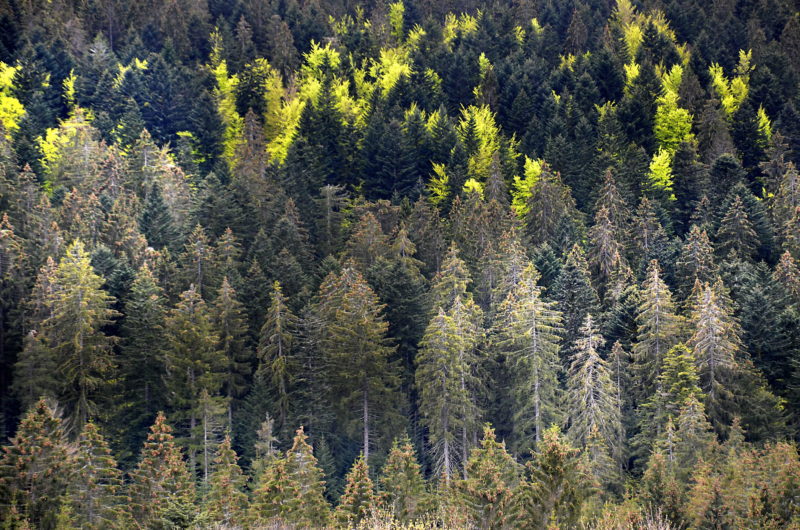
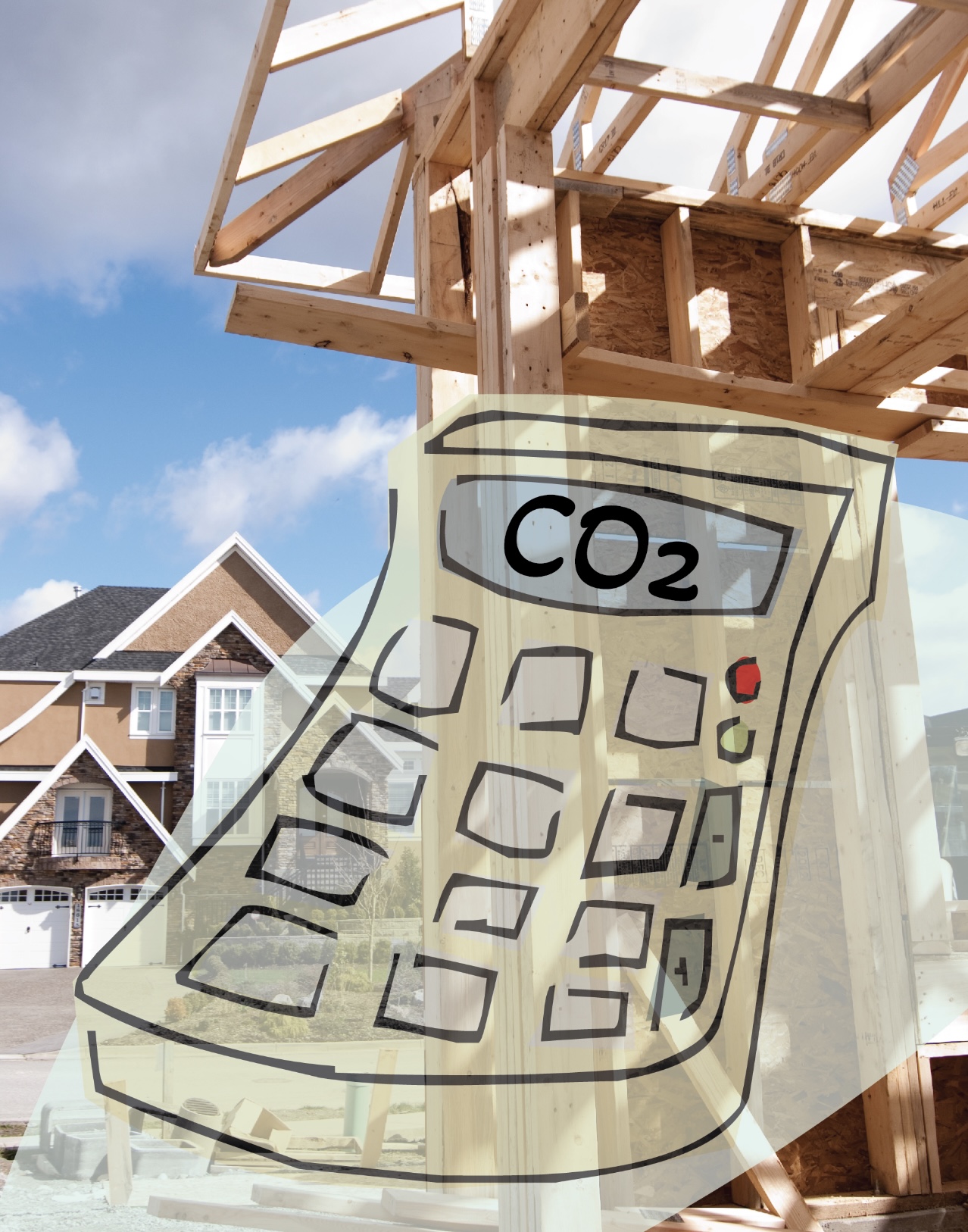 Much of America is baking under record heat or seeing sunlight filtered through the haze of wildfires thousands of miles away. We need to reduce greenhouse gases to slow the effects of global warming. One tool that has not yet been used to its fullest extent is trading carbon offset credits. …To achieve this, companies purchase carbon credits issued by projects that aim to reduce or eliminate emissions. Some examples include renewable energy initiatives such as wind farms, forest conservation and afforestation, and carbon capture projects. By doing so, they create a market-driven approach to mitigating the growth in greenhouse gas emissions…But for offset trading to work, the market needs to be much broader. Climate change is a global crisis, after all, so we need a solution that’s global, too. …Along with this market would come a global set of standards and regulation for verification so everyone is operating on the same page.
Much of America is baking under record heat or seeing sunlight filtered through the haze of wildfires thousands of miles away. We need to reduce greenhouse gases to slow the effects of global warming. One tool that has not yet been used to its fullest extent is trading carbon offset credits. …To achieve this, companies purchase carbon credits issued by projects that aim to reduce or eliminate emissions. Some examples include renewable energy initiatives such as wind farms, forest conservation and afforestation, and carbon capture projects. By doing so, they create a market-driven approach to mitigating the growth in greenhouse gas emissions…But for offset trading to work, the market needs to be much broader. Climate change is a global crisis, after all, so we need a solution that’s global, too. …Along with this market would come a global set of standards and regulation for verification so everyone is operating on the same page. 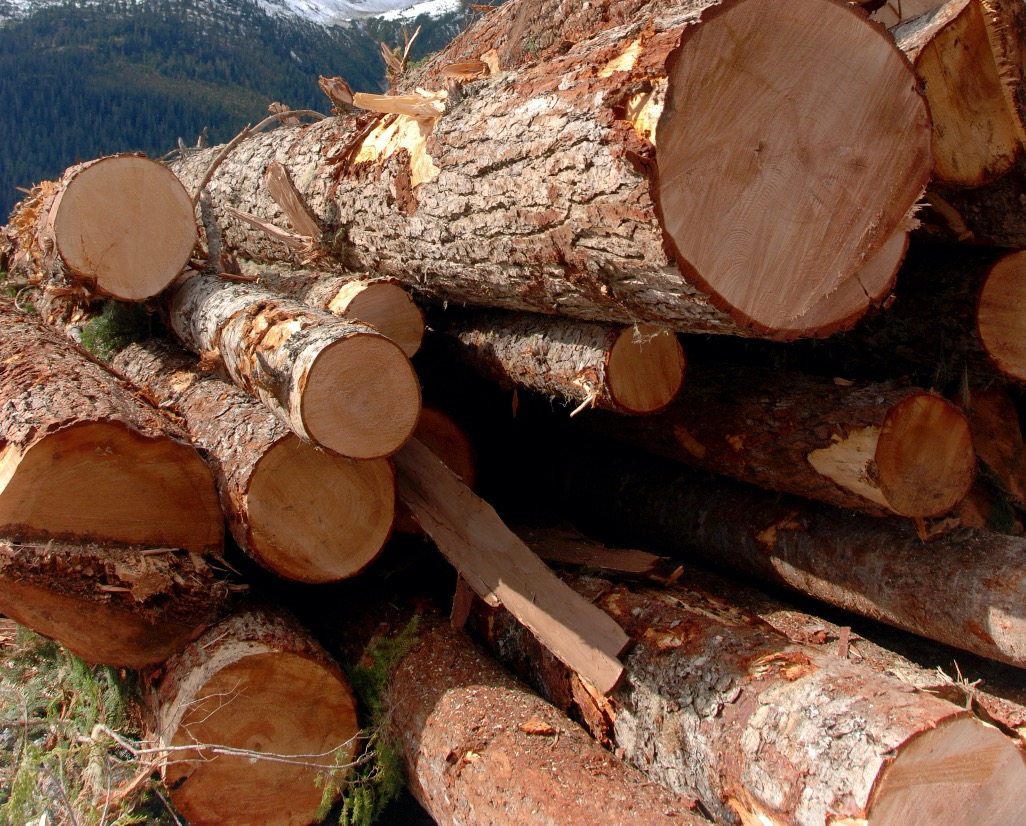 Activists are condemning a recent Forest Service report to Congress, saying one of its conclusions supports a policy that would worsen climate change by allowing the removal of old trees that absorb large amounts of carbon. Some scientists and environmental groups say the report inaccurately states that older trees remove less carbon than younger trees — a conclusion they fear will encourage a policy of logging older forests. The report …could lead to more logging, said Norman Christensen, a professor at Duke University’s Nicholas School of the Environment. The Forest Service said that U.S. forests will rapidly lose their ability to soak up carbon and could become net carbon emitters by 2070 instead of carbon sinks. The report says development along with worsening wildfires and tornadoes will destroy large chunks of U.S. forests and disrupt their carbon absorption. The report also says aging forests absorb less carbon than younger forests as tree growth slows.
Activists are condemning a recent Forest Service report to Congress, saying one of its conclusions supports a policy that would worsen climate change by allowing the removal of old trees that absorb large amounts of carbon. Some scientists and environmental groups say the report inaccurately states that older trees remove less carbon than younger trees — a conclusion they fear will encourage a policy of logging older forests. The report …could lead to more logging, said Norman Christensen, a professor at Duke University’s Nicholas School of the Environment. The Forest Service said that U.S. forests will rapidly lose their ability to soak up carbon and could become net carbon emitters by 2070 instead of carbon sinks. The report says development along with worsening wildfires and tornadoes will destroy large chunks of U.S. forests and disrupt their carbon absorption. The report also says aging forests absorb less carbon than younger forests as tree growth slows.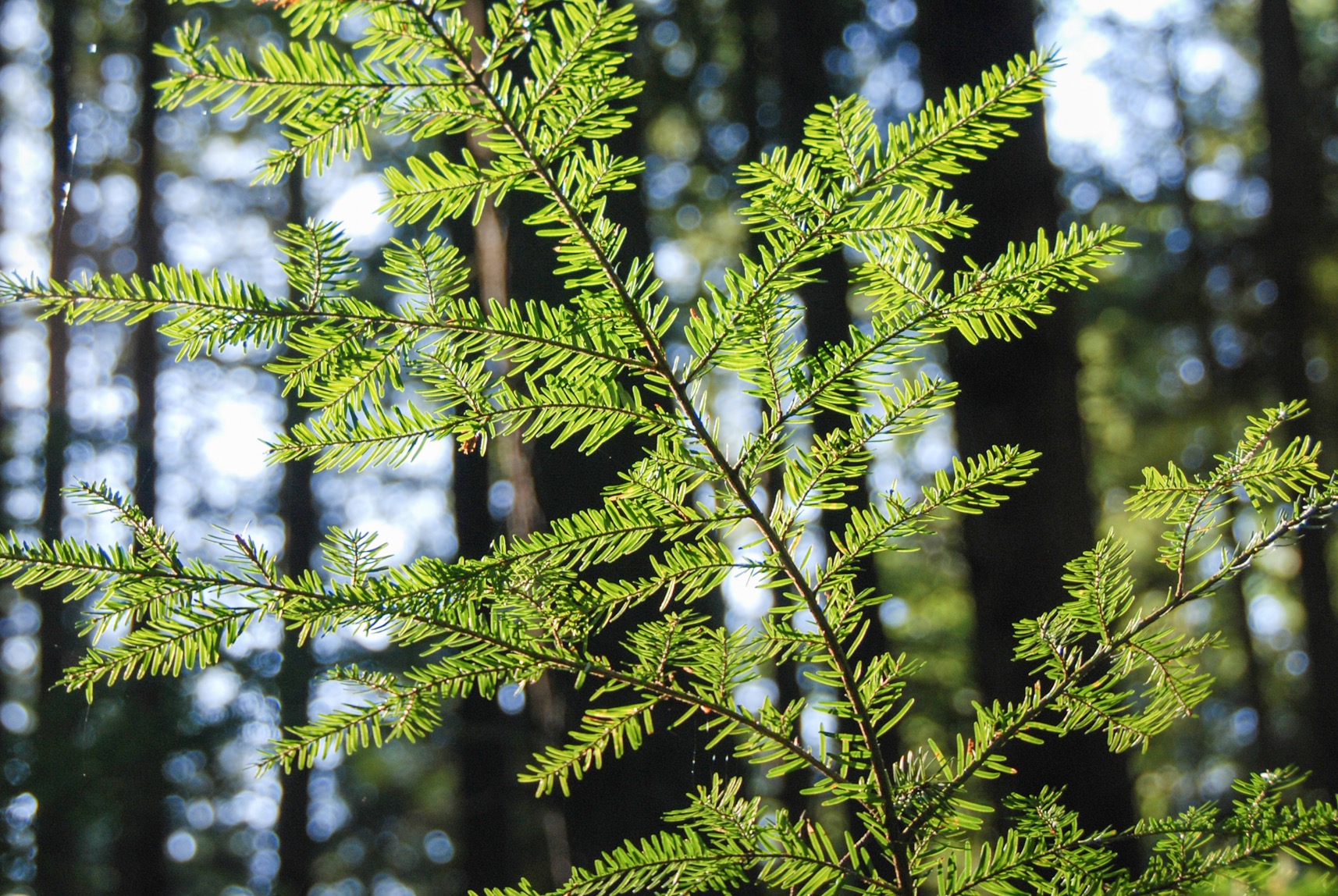 An alarming
An alarming -p-1600.jpg)

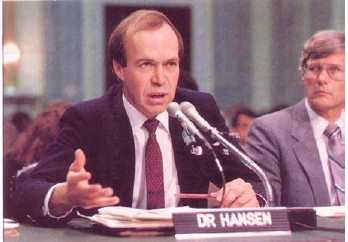

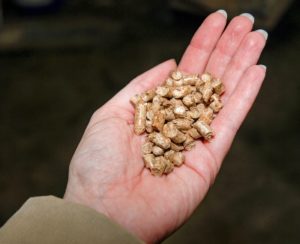 A common response to biomass is: how can burning biological matter be sustainable or carbon neutral? But biomass, in terms of its carbon emissions, is conceptually circular. The tree used to produce the biomass has absorbed all the carbon that is released on burning, so over a typical cycle of 30 years, there is no net addition to carbon in the atmosphere, unlike burning fossil fuels. …While there is still a carbon cost of making and transporting pellets, this is a fraction of the carbon released by burning coal or gas. …Although using forestry waste may be dismissed by some as simply burning trees, investors should bear in mind that forest coverage in the US and Canada is stable, and new trees are planted to replace those felled, making this a sustainable resource. North American forestry is a heavily regulated industry with strict environmental standards.
A common response to biomass is: how can burning biological matter be sustainable or carbon neutral? But biomass, in terms of its carbon emissions, is conceptually circular. The tree used to produce the biomass has absorbed all the carbon that is released on burning, so over a typical cycle of 30 years, there is no net addition to carbon in the atmosphere, unlike burning fossil fuels. …While there is still a carbon cost of making and transporting pellets, this is a fraction of the carbon released by burning coal or gas. …Although using forestry waste may be dismissed by some as simply burning trees, investors should bear in mind that forest coverage in the US and Canada is stable, and new trees are planted to replace those felled, making this a sustainable resource. North American forestry is a heavily regulated industry with strict environmental standards.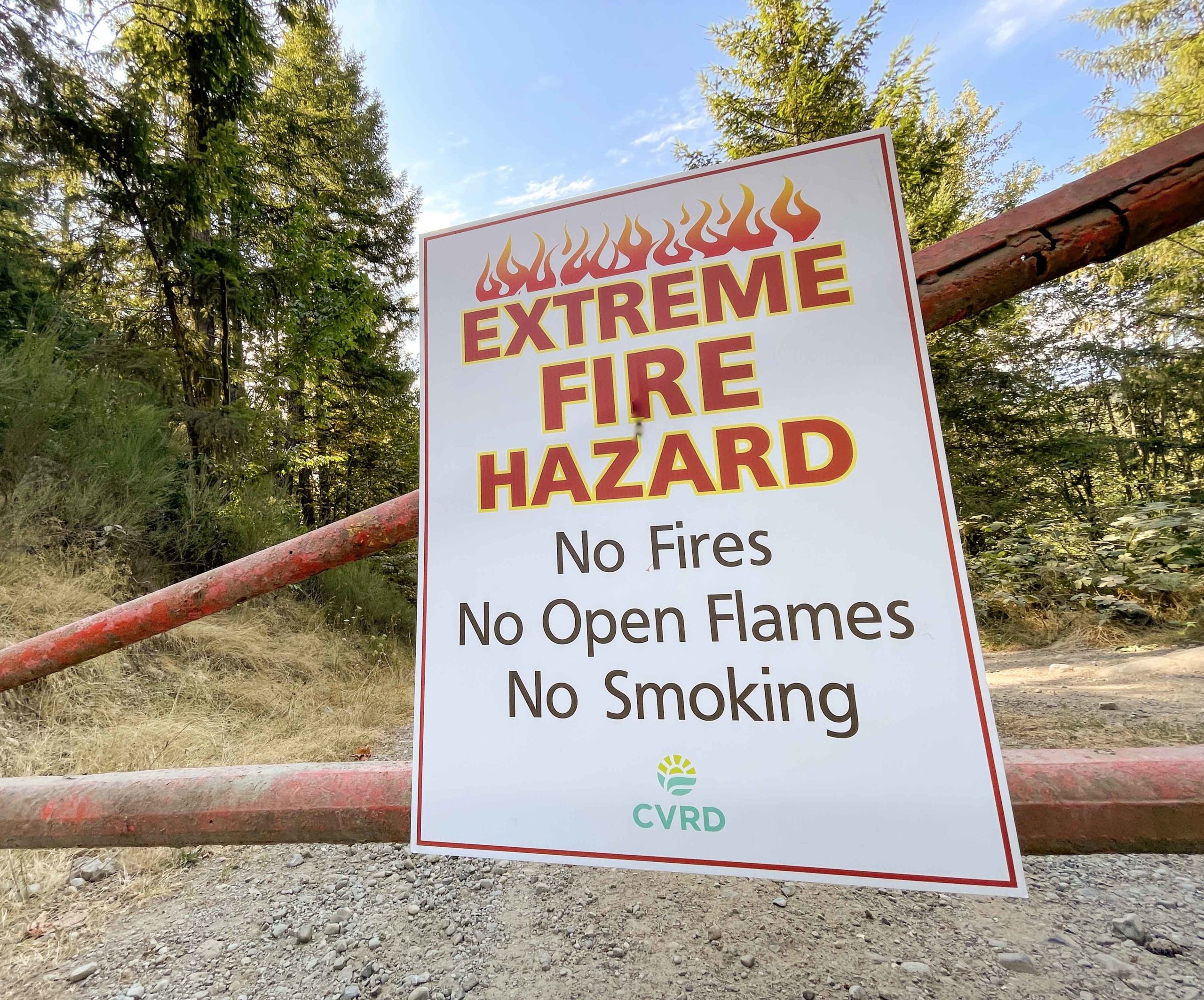 …Over the past two years, several big insurers, including Allstate and State Farm, have scaled back their home insurance businesses in California to avoid paying billions for wildfire damage, or have halted sales of new policies altogether. …Insurance companies in states like Colorado, Louisiana and Florida are paring down business to shield themselves from ballooning losses as climate change fuels more-intense disasters. …insurers say they can’t increase rates enough to cover the damage occurring in the riskiest places. Meanwhile, the cost of disasters keeps going up. People continue moving to regions vulnerable to hurricanes or prone to wildfires. …Given the near-certainty that the impacts of climate change will get worse, experts say it is critical to build homes that are more resilient. …In the future, slowing down or even stopping development in the riskiest areas is ultimately part of the solution to rising insurance losses, experts say.
…Over the past two years, several big insurers, including Allstate and State Farm, have scaled back their home insurance businesses in California to avoid paying billions for wildfire damage, or have halted sales of new policies altogether. …Insurance companies in states like Colorado, Louisiana and Florida are paring down business to shield themselves from ballooning losses as climate change fuels more-intense disasters. …insurers say they can’t increase rates enough to cover the damage occurring in the riskiest places. Meanwhile, the cost of disasters keeps going up. People continue moving to regions vulnerable to hurricanes or prone to wildfires. …Given the near-certainty that the impacts of climate change will get worse, experts say it is critical to build homes that are more resilient. …In the future, slowing down or even stopping development in the riskiest areas is ultimately part of the solution to rising insurance losses, experts say.
 Scientists are wondering if global warming and El Nino have an accomplice in fueling this summer’s record-shattering heat. …Scientists agree that by far the biggest cause of the recent extreme warming is climate change from the burning of coal, oil and natural gas [and] El Nino, a temporary warming of parts of the Pacific. But some researchers say another factor must be present. …One surprising source of added warmth could be cleaner air resulting from new shipping rules. Another possible cause is 165 million tons of water spewed into the atmosphere by a volcano. Both ideas are under investigation….Florida State University climate scientist Michael Diamond says Maritime shipping has for decades used dirty fuel that gives off particles that reflect sunlight in a process that actually cools the climate. In 2020, international shipping rules took effect that cut as much as 80% of those cooling particles,” said Tianle Yuan of NASA.
Scientists are wondering if global warming and El Nino have an accomplice in fueling this summer’s record-shattering heat. …Scientists agree that by far the biggest cause of the recent extreme warming is climate change from the burning of coal, oil and natural gas [and] El Nino, a temporary warming of parts of the Pacific. But some researchers say another factor must be present. …One surprising source of added warmth could be cleaner air resulting from new shipping rules. Another possible cause is 165 million tons of water spewed into the atmosphere by a volcano. Both ideas are under investigation….Florida State University climate scientist Michael Diamond says Maritime shipping has for decades used dirty fuel that gives off particles that reflect sunlight in a process that actually cools the climate. In 2020, international shipping rules took effect that cut as much as 80% of those cooling particles,” said Tianle Yuan of NASA.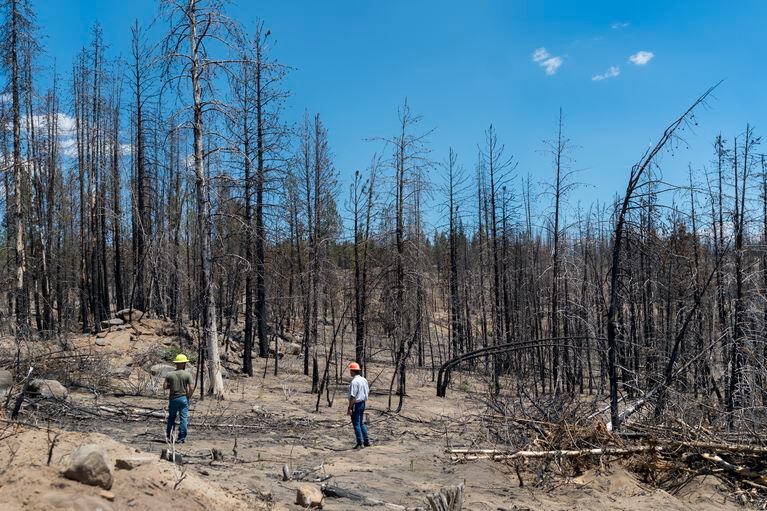

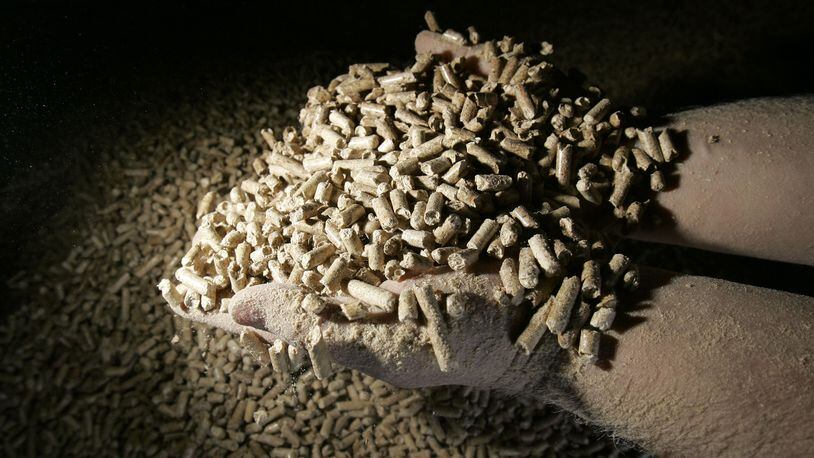
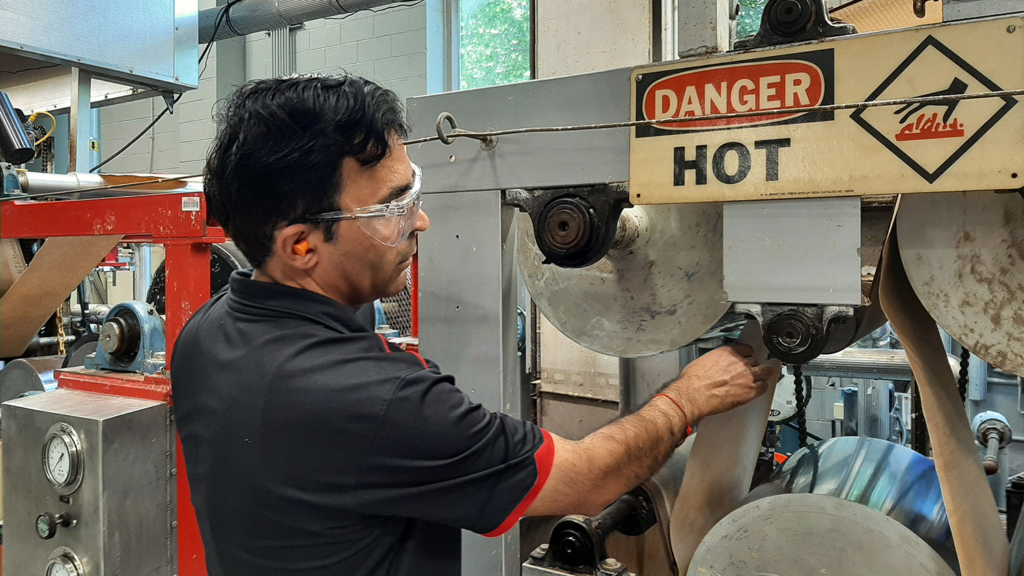

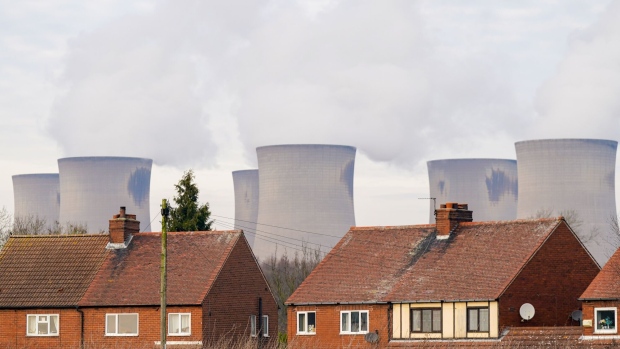
 As wildfires raged across Southern Europe and North Africa, top UN climate scientists said on Thursday that it was “virtually certain” that July 2023 will be the warmest on record. Echoing that warning in New York, UN Secretary-General António Guterres said that “short of a mini-Ice Age” in coming days, July 2023 would likely “shatter records across the board”. “Climate change is here. It is terrifying. And it is just the beginning,” said the UN chief, warning that the consequences are as clear as they are tragic. …Speaking at UN Headquarters, the Secretary-General underscored the need for global action on emissions, climate adaptation and climate finance. He warned that “the era of global warming has ended” and “the era of global boiling has arrived.” Although climate change is evident, “we can still stop the worst,” he said. “But to do so we must turn a year of burning heat into a year of burning ambition.”
As wildfires raged across Southern Europe and North Africa, top UN climate scientists said on Thursday that it was “virtually certain” that July 2023 will be the warmest on record. Echoing that warning in New York, UN Secretary-General António Guterres said that “short of a mini-Ice Age” in coming days, July 2023 would likely “shatter records across the board”. “Climate change is here. It is terrifying. And it is just the beginning,” said the UN chief, warning that the consequences are as clear as they are tragic. …Speaking at UN Headquarters, the Secretary-General underscored the need for global action on emissions, climate adaptation and climate finance. He warned that “the era of global warming has ended” and “the era of global boiling has arrived.” Although climate change is evident, “we can still stop the worst,” he said. “But to do so we must turn a year of burning heat into a year of burning ambition.”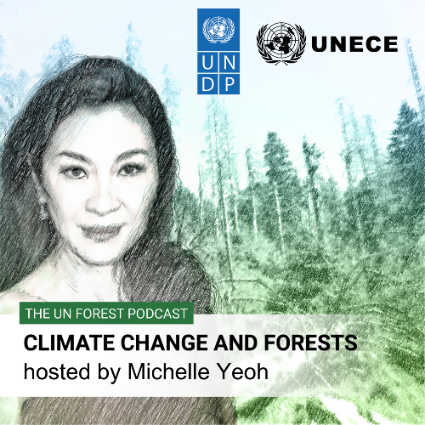
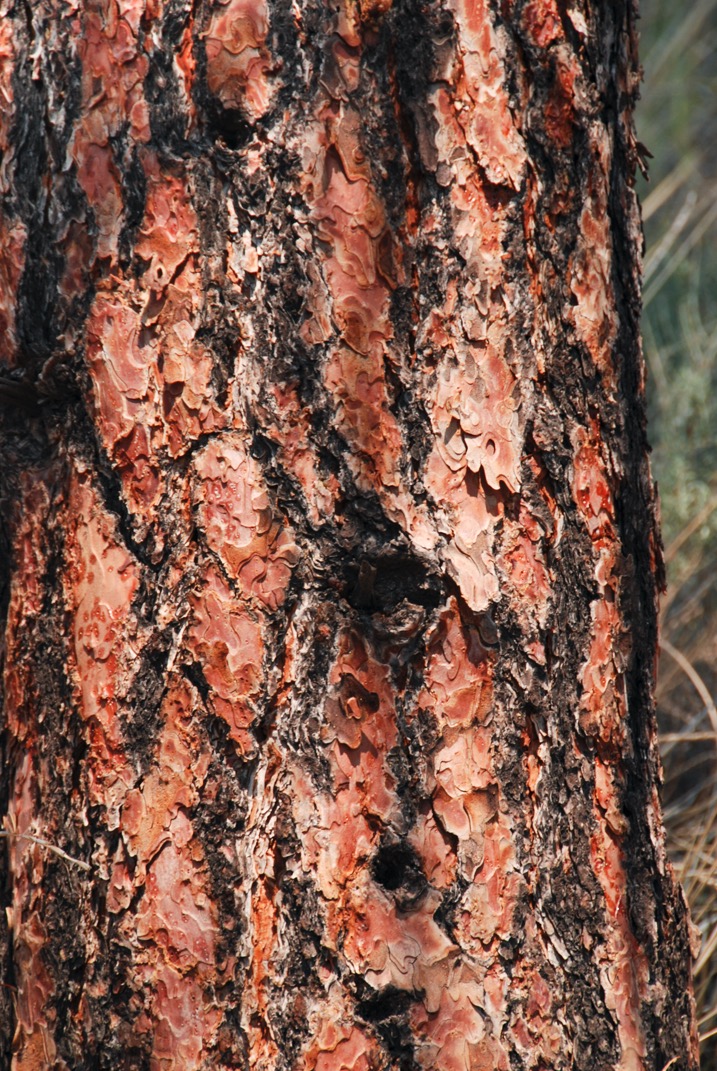 In the quest for sustainable energy sources, scientists and researchers worldwide are continuously exploring innovative ways to harness energy from natural resources. One such groundbreaking development is the extraction of biofuel from tree bark, a method that is revolutionizing the energy sector and changing the landscape of renewable energy. Tree bark, often considered a waste product in the timber industry, is now being recognized for its potential as a valuable resource for biofuel production. The process involves converting the lignin, a complex organic polymer found in the bark, into bio-oil through a method known as pyrolysis. This transformation is an energy-efficient process that results in a renewable energy source, contributing to the reduction of our reliance on fossil fuels. …Research and development in this field are ongoing, with scientists working tirelessly to improve the efficiency and sustainability of the conversion process.
In the quest for sustainable energy sources, scientists and researchers worldwide are continuously exploring innovative ways to harness energy from natural resources. One such groundbreaking development is the extraction of biofuel from tree bark, a method that is revolutionizing the energy sector and changing the landscape of renewable energy. Tree bark, often considered a waste product in the timber industry, is now being recognized for its potential as a valuable resource for biofuel production. The process involves converting the lignin, a complex organic polymer found in the bark, into bio-oil through a method known as pyrolysis. This transformation is an energy-efficient process that results in a renewable energy source, contributing to the reduction of our reliance on fossil fuels. …Research and development in this field are ongoing, with scientists working tirelessly to improve the efficiency and sustainability of the conversion process. 